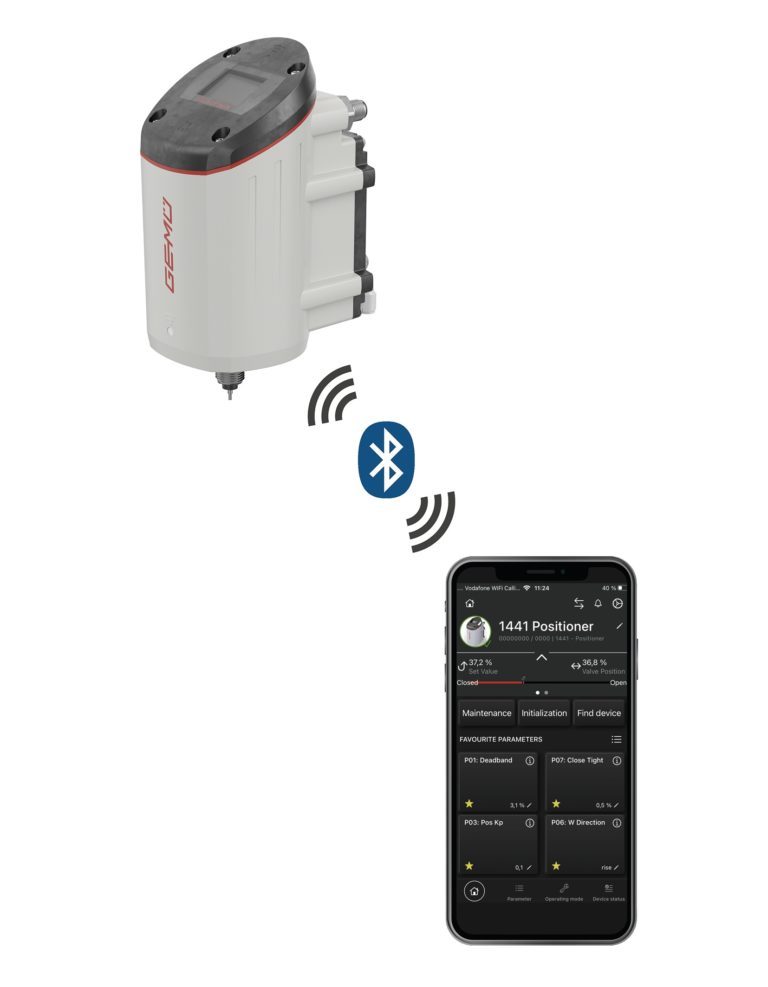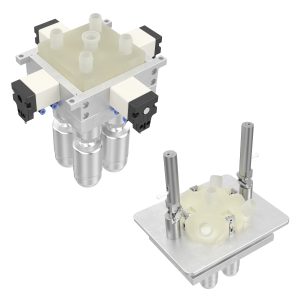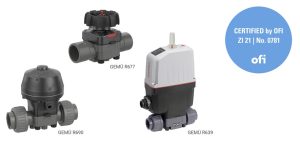New Positioner for Modern Plant Automation

The GEMÜ 1441 cPos-X electro-pneumatic positioner can be operated via the GEMÜ app. (Image source: GEMÜ Gebr. Müller Apparatebau GmbH & Co. KG)
The new GEMÜ 1441 cPos-X electro-pneumatic positioner is suitable for a multitude of control applications with the most varied tasks.
With GEMÜ 1441 cPos-X, GEMÜ is expanding their range of positioners and process controllers by adding a controller with two-wire technology for the first time. Above all, this offers advantages when it comes to simplified wiring. The field device is supplied via the signal source and thus requires no further power supply. With the GEMÜ 1441 cPos-X, a passive analogue 4–20 mA feedback signal and digital input and output signals are available.
The GEMÜ 1441 cPos-X positioner is suitable both for single acting and double acting pneumatic process valves with linear and quarter turn actuators. The integrated linear travel sensor has a length of 75 mm. Alternatively, an external mounting is available. The electrical connection can be made via M12 connectors or via cable entries with an inside terminal strip.
The new positioner operates using a specially developed app. This is connected to the device via Bluetooth Low Energy. Following self-commissioning with the tried-and-tested SpeedAP function, the basic configuration of the controller can be individually and conveniently adapted to the specific control task. In addition, the device status and error messages can be displayed in plain text, which significantly simplifies error diagnostics. A status display that is also integrated into the positioner displays the most important information about the operating behaviour. The app is available free-of-charge for both iOS and Android operating systems from the respective app stores.
The integrated actuator module for dosing the control air permits the precise positioning of the desired valve position. At the same time, the control air consumption when idle equals almost zero. The GEMÜ 1441 cPos-X positioner consequently satisfies the ecological requirements just as it satisfies the control-specific requirements.







